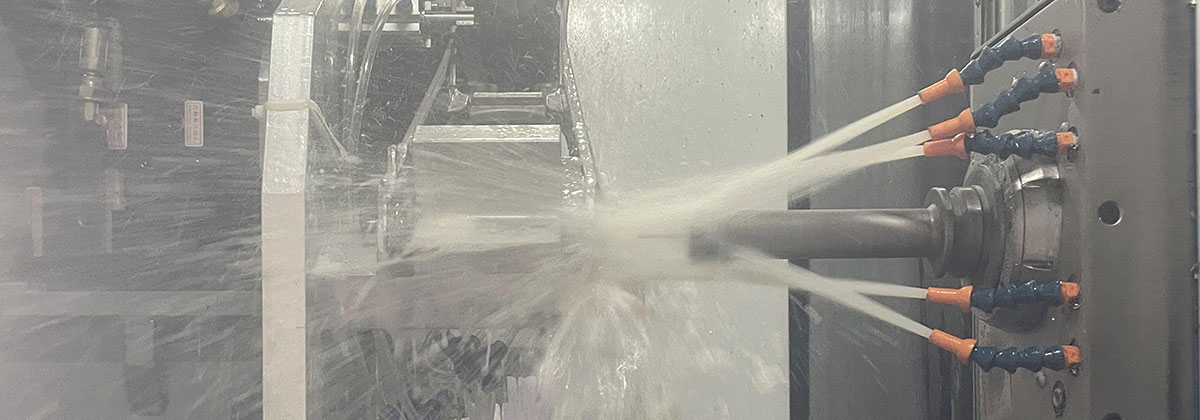Die casting is a manufacturing process characterized by the use of a die or mold to produce metal parts with high precision and accuracy. The process involves injecting molten metal under high pressure into a mold cavity, which is then cool rapidly to solidify the material. This results in the creation of metal parts that are strong, durable, and have excellent surface finishes.
The die casting process dates back to the mid-1800s, when it was first used to produce printer\’s type. Since then, it has evolved into a highly sophisticated and efficient method of manufacturing metal parts for a wide range of industries, including automotive, aerospace, electronics, and medical devices.
There are several types of die casting, including hot chamber, cold chamber, and squeeze casting. Each method has its own advantages and disadvantages, depending on the type of metal being used, the complexity of the part, and the desired production volume.
Hot chamber die casting is used primarily for metals with low melting points, such as zinc and magnesium. In this process, the metal is melted in a crucible and then injected into the mold cavity under high pressure. The mold is heated, which helps to keep the metal in a liquid state and prevents it from solidifying prematurely.
Cold chamber die casting, on the other hand, is used for metals with high melting points, such as aluminum and copper. In this process, the metal is melted in a separate furnace and then transferred to the injection chamber. The mold is kept at a cooler temperature than in hot chamber die casting, which helps to prevent premature solidification.
Squeeze casting, meanwhile, is a hybrid process that combines elements of both hot chamber and cold chamber die casting. It is used primarily for producing complex parts with thin walls or other intricate features.

Regardless of the type of die casting used, the process typically involves several stages, including:
1. Mold design – The mold is designed using computer-aided design (CAD) software and is typically made from steel or other durable materials.
2. Mold preparation – The mold is prepared by cleaning and lubricating it to ensure that the metal can flow smoothly and evenly into the cavity.
3. Metal preparation – The metal is melted in a furnace or crucible, and is then injected into the mold cavity under high pressure.
4. Cooling and ejection – The mold is cooled rapidly to solidify the material, and the part is then ejected from the mold.
5. Finishing – The part may be further processed (e.g. sandblasting, machining, polishing) to achieve the desired surface finish.
One of the key advantages of die casting is its ability to produce parts with high precision and accuracy. This makes it an ideal process for producing complex parts with tight tolerances, such as those required in the automotive and aerospace industries. Additionally, die casting is a highly efficient process, allowing for high production volumes and low unit costs.
However, die casting does have some limitations. For example, it may be difficult to produce parts with thick walls or complex shapes, and certain metals may be more difficult to cast than others. Additionally, die casting may not be suitable for producing parts with very high levels of detail, as some features may be difficult to replicate in the mold.
In conclusion, die casting is a highly effective method of producing high-quality metal parts with excellent precision and accuracy. By using sophisticated molds and advanced techniques, manufacturers can produce parts that are strong, durable, and have excellent surface finishes. While the process may have some limitations, it remains an important manufacturing technique for a wide range of industries, and is likely to continue to play a critical role in the years to come.
-

- Magnesíum álfelgur deyja-steypu Bílavarahlutir stjórnandi hús
-

- OEM Die casting manufacturer produce magnesium alloy auto dashboard
-

- Custom-made metal parts macbook middle board produced
-

- Magnesíum álfelgur steypu rafmagns ökutæki miðfest mótorhús
-

- Mangsíum álfelgur deyja-steypu Thixomolding málm bremsur
-

- OEM Die casting manufacturer produce magnesium alloy wheel for kids push bike

 0086-750-5616188
0086-750-5616188 +86 13392089688
+86 13392089688 sales@zhongmei-tech.com
sales@zhongmei-tech.com







